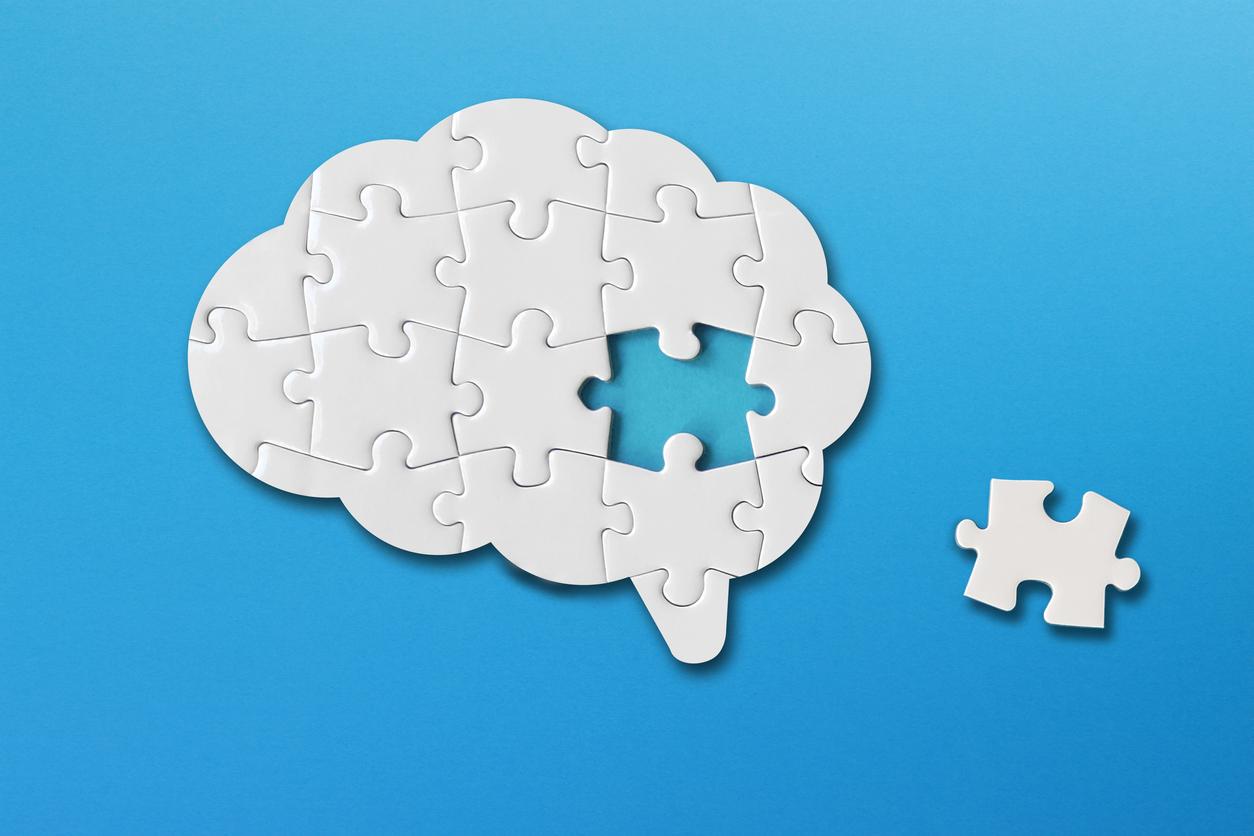Alzheimer’s: more vitamin K
Vitamin K, which helps the blood to clot, is a powerful antioxidant, arguably more than vitamin E. Researchers at the Children’s Hospital of Oakland, Calif., Research Institute indicate that an intake Regular vitamin K strengthens bones, prevents calcification of the arteries and kidneys, cardiovascular disease, and possibly cancer. It is also effective against inflammations linked to arthritis and Alzheimer’s disease.
Vitamin K is found in high concentrations in green leafy vegetables, such as spinach, chard and kale, but also cabbage, cauliflower and soybeans, as well as in some grains.
Alzheimer’s: more sleep
Systematically lacking sleep could increase the chances of developing Alzheimer’s disease. According to studies carried out in the United States, at the University of Washington, lack of sleep could have extremely harmful consequences on the human brain. Indeed, researchers have shown that the level of beta amyloids, peptides dangerous for the nervous system, was higher when the body is awake than during sleep.
In addition, the researchers also found that sleep-deprived mice produced much more abetas than mice that normally slept, and the abeta plaque is responsible for Alzheimer’s disease in mice.
Alzheimer’s: forget about Gingko Biloba
The extract of this Chinese plant was believed to fight the effects of Azheimer’s disease. A study has just shown that this is not the case. For this study, researchers at the University of Pittsburgh divided a sample of over 3000 people into two groups. The first received doses of Gingko biloba while the second was given a placebo without his knowledge.
The researchers say they have found “no evidence of an effect of Ginkgo biloba on the evolution of cognitive faculties and no effect on certain cognitive areas such as visual and spatial construction, language, attention and speed. psychomotor “.
The extract of Gingko Biloba leaves is currently one of the drugs most often prescribed by herbalists in the treatment of cerebral aging. It is indeed very rich in active flavonoids with antioxidant properties.
Alzheimer’s: yes to the cell phone
American researchers have exposed nearly a hundred mice to electromagnetic waves emitted by cellphones an hour or two daily for seven to eight months to mimic the use of cellphones for several decades in humans.
Conclusion of this study: Cell phone exposure appears to have protected the memory of mice that otherwise would have developed Alzheimer’s symptoms, according to Gary Arendash, professor of neurology at the University of Florida, and author of this work published in the Journal of Alzheimer’s Disease.
According to the neurologist, the electromagnetic waves from the cell phone increase blood flow to the brain and stimulate it in normal individuals. He believes that by determining the right electromagnetic frequency to effectively prevent amyloid buildup in the brain, the technology could quickly be applied to the treatment of Alzheimer’s in humans.
Alzheimer’s: fewer neuroleptics
The High Authority for Health (HAS) considers that it is necessary “to limit the prescription of neuroleptics in Alzheimer’s disease”.
HAS experts observe that Alzheimer’s patients are particularly exposed to psychotropic drugs, particularly neuroleptics, and their side effects.
Data indicate that if 1,000 people were treated with a neuroleptic for 12 weeks, there would be a decrease in behavioral disturbances in 91 to 200 patients, ten more deaths, 18 strokes, half of which would be severe, and walking in 58 to 94 patients.
Experts conclude that it is necessary to offer patients better treatments, while avoiding exposing them for too long.


















